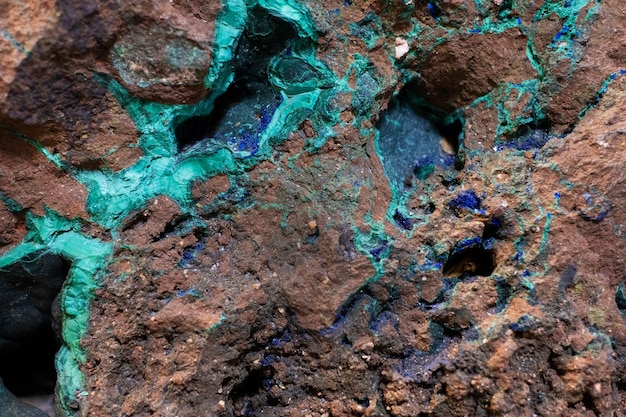So in trying to use the new Physical Material to form metal surfaces, I've noticed the following limitations (either in the material itself or my understanding of how it works). Everything discussed below is with the
Metalness Mode set to
Metal#1.In Metal mode, our ability to control IOR gets disabled. Now, my understanding is that IOR is now controlled indirectly via Base Layer color
and Roughness/Glossiness.
But, different metals have different Fresnel curves for reflection. For example, compare the Fresnel curve for Bronze with the Fresnel curve for Copper. This can be easily done in the Corona Node Material Editor:
Steps:
1. Create two Fresnel Shaders (New Shader/Fresnel)
2. Turn on Physical in the properties for both and set the Preset for one to Copper and for the other to Bronze.
Compare the resulting gradients.
Attached is an image showing four such gradients for Copper, Bronze, Iron, and Nickel.
Although it is true that their colors are different, the Fresnel curves for the four metals are vastly different. Compare for example the Iron curve with the Nickel curve.
So, my point is that with the inability to supply a proper Fresnel curve for our metal, we have no control over the type of metal we are trying to represent.
#2.Taking this a step farther, it would be nice to enter the Red, Green, and Blue n/k value separately, since they are not necessarily the same for metals.
For example, SigerShaders has a nice free Complex Fresnel plugin for 3ds max that takes the Normal Incidence (n) and Extinction (k) values for each of the three primary colors to come up with a Complex Fresnel curve, that they have created based on Vlado's Complex Fresnel OSL shader code at:
https://docs.chaosgroup.com/display/OSLShaders/Complex+Fresnel+shader (See the second attached image for its UI).
Can something like this be done for Corona for Cinema 4D, to make metals render more realistic?











